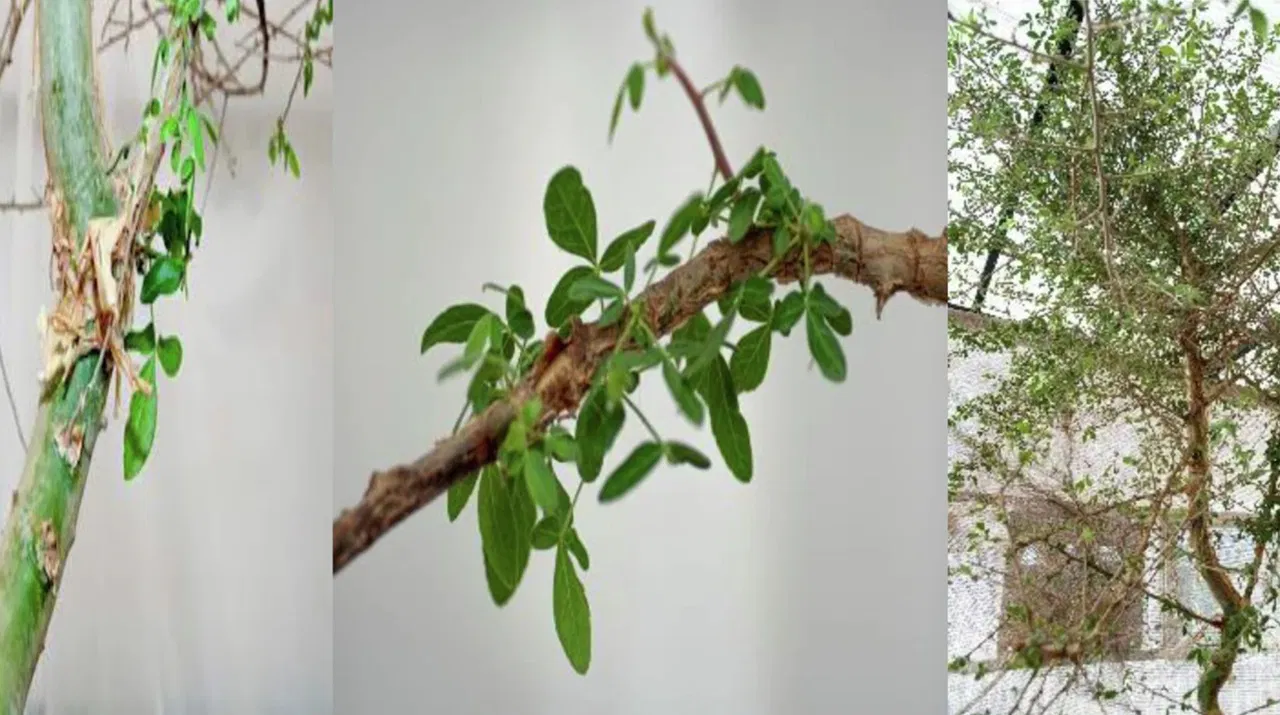
Scientists have revived a mysterious ancient seed that dates back to between 993 AD and 1202, which has grown into a 10-foot tree after nearly 1,000 years. The ancient seed, discovered in the Judean Desert between the West Bank and Israel, has caught global attention for its potential medicinal properties, with some experts speculating that the tree may hold a cure for cancer.
The seed, named "Sheba" after the biblical Queen of Sheba, was discovered during an excavation in a desert cave in the late 1980s. For 14 years, researchers nurtured the seed, which finally grew into a tree approximately 10 feet tall. Scientists believe that Sheba belongs to a lost lineage of trees once common in the Southern Levant, a region that now includes Israel, Palestine, and Jordan.
A Biblical Connection?
The tree has sparked significant interest, as researchers claim it might belong to a lineage of trees mentioned in the Bible. The species, now extinct, is linked to ancient healing practices. There is speculation that Sheba might produce "tsori," a resin with healing properties referenced in biblical texts. This resin is similar to the legendary "Balm of Gilead," a fragrant substance used in ancient times.
However, initial theories suggesting that Sheba could be a source of "Judean Balsam" have been ruled out. The tree does not exhibit the aromatic qualities typically associated with this historical balm.
Medicinal Secrets
Chemical and radiocarbon analysis of Sheba's leaves and resin has revealed a treasure trove of biologically active compounds. Scientists identified pentacyclic triterpenoids, known for their anti-inflammatory and potential anti-cancer properties, in the tree's tissues. Additionally, the leaves and stems were found to be rich in squalene, a natural substance with antioxidant and skin-repairing qualities.
A study published in Communications Biology highlights the significance of this discovery. According to the researchers, glycolipid compounds in Sheba’s resin are unique and have never been reported before. These compounds will undergo further testing to evaluate their biological activity and potential to combat cancer.
Hope for Future Discoveries
Sheba is part of the Commiphora genus, a group of plants within the myrrh and frankincense family (Burseraceae). This genus comprises around 200 species found in Africa, Madagascar, and the Arabian Peninsula. The exact species of Sheba remains undetermined as the tree has not flowered, leaving scientists without reproductive material for deeper genetic analysis.
Though much remains to be learned, Sheba offers promising insight into ancient medicinal practices. The next phase of research will focus on exploring more compounds within the tree's tissues and testing their medicinal potential.
This discovery is a major step forward in understanding the hidden potential of ancient plant species, giving new hope to scientists searching for innovative cancer treatments. While there is still a long way to go, Sheba’s unique chemical profile may one day contribute to significant breakthroughs in modern medicine.
















